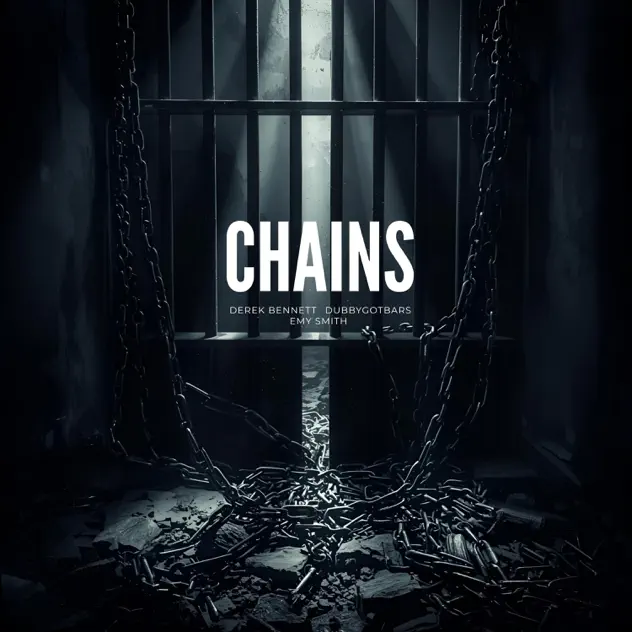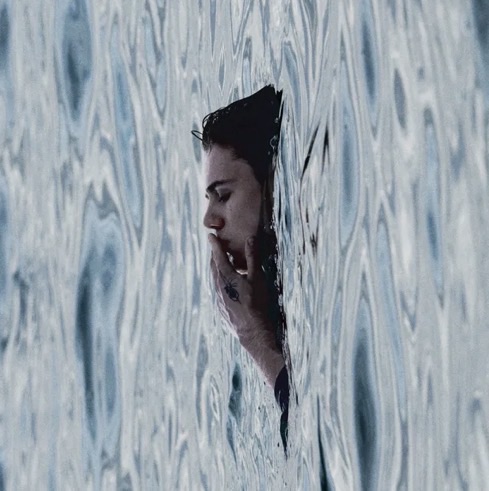
With its third episode, “Destiny,” Leslye Headland’s The Acolyte comes more starkly into focus as Headland and company transform what could have been a monotonous exposition-filled episode into a thought-provoking, thematically rich, and often philosophically profound cinematic experience.
For many adamant, vocal, and often vitriolic Star Wars fans online, it seems that all they want from Star Wars is regurgitation. Any new idea is met antagonistically, any new character is seen as a threat to existing ones, and any project that incorporates even the vaguest semblance of subtext is treated as pretentious. This is ludicrous, given how deeply thematic Star Wars has always been.
George Lucas filled his films with his own distinct idiosyncrasies, beliefs, and will. For as much as it is a pulpy serialized adventure story, Lucas’s original 1977 film is an awe-inspiring meditation on the conflict between technology and spirituality. These concepts culminate in the climactic Death Star trench run, where Luke Skywalker quite literally turns away from technology (his targeting computer) and embraces spirituality (the Force) to save the day. And that’s not to mention Lucas’s even more overtly thematic prequel trilogy. Anyone who claims that Star Wars is merely about good guys and bad guys fighting without any deeper political, spiritual, or thematic elements is either cinematically illiterate or willfully disingenuous.
I say all this to highlight that, thus far, The Acolyte has been anything but a regurgitation of prior Star Wars material. Delightfully, Headland and her creative team seem to be using Lucas’s often imitated and misunderstood mantra as their guiding creative light: “It’s like poetry, it rhymes.” Whereas other modern Star Wars shows rely heavily on established characters, settings, or props, expecting fans to salivate over them, The Acolyte digs into the essence of Star Wars, utilizing its thematic ideas as a stepping-stone to tell new stories.
In “Destiny,” The Acolyte actively engages not just with a specific era of Star Wars storytelling, but with Star Wars as a whole. By revealing the childhood story of Mae and Osha and their coven of witches, “Destiny” forms thematic ties to everything from Anakin’s arc in The Phantom Menace, to the Mortis arc from The Clone Wars animated series, to the Force Dyad concept from the sequel trilogy. Jasmyne Flournoy and Eileen Shim’s script is rooted in these classic Star Wars elements and ideas, yet tells a story distinctly new to the franchise.
In this way, The Acolyte reminds me of both Genndy Tartakovsky’s Clone Wars micro-series and the anthology series, Star Wars: Visions. Both earlier shows allowed creators to tell passionate stories within this galaxy, building intrinsically upon the themes that drive the saga. Like The Acolyte, these projects were punctuated by strong character work and fluid action setpieces.
With “Destiny,” The Acolyte recontextualizes the audience’s understanding of the Star Wars galaxy by exploring new and different corners from new perspectives. Through the eyes of Jodie Turner-Smith’s character, Mother Aniseya, and her coven, we experience the Force in a truly mystical way, something that hasn’t been felt for some time. By honing and developing the core idea of duality from the previous two episodes, the story of Mae and Osha as twin Force-users gains extra weight and emotional impact.
Directed by Kogonada (known for After Yang) and with cinematography by James Friend, the visual language of “Destiny” is singularly focused. The idea of a ‘backstory episode’ has become a bore-inducing trope in the age of streaming, but “Destiny” bucks this tradition. By concentrating on the characters of Mae, Osha, and their mothers, Kogonada and his team deliver a fable-esque episode that would make George Lucas happy. Jodie Turner-Smith, Margarita Levieva, Lauren Brady, and Leah Brady all deliver fantastic performances, with special praise for Lee Jung-jae as Sol, who brings raw emotionality to his performance.
Kevin Jenkins and Sophie Becher’s production design continues to excel. Unlike other Star Wars shows that overuse the Volume (screen projection technology), The Acolyte feels beautifully tactile with minimal use of the Volume, and vast, intricately designed real-world sets. This pairs with Kogonada’s motivated staging, Friend’s incandescent photography, and Cheryl Potter’s tremendous editing to make “Destiny” a truly fulfilling and cinematic experience.
Sonically, Michael Abels’s score evolves in fascinating directions, and the Skywalker Sound team’s precise and impactful sound design continues to impress. Abels incorporates the core idea of duality into his musical work with call-and-response melodies and differentiations in the musical identifications of Mae and Osha. His recurring leitmotif at the start of “Destiny” sounds evocative of John Williams’s “Land of the Sand People” from A New Hope, which is delightful.
In short, “Destiny” is the kind of Star Wars storytelling I love to see. It’s inventive and bold in its artistic strokes while deeply engaging with the saga’s themes. It’s a thrilling experience that builds naturally on the prior episodes’ strengths, developing the narrative intriguingly and making me eager to see what Headland and her team have in store for the rest of the season.
RGM GRADE
(A-)
Discover more from RGM
Subscribe to get the latest posts sent to your email.










